Reynoutria X Bohemica Chrtek & Chrtková and
Reynoutria X Bohemica Chrtek & Chrtková and
Reynoutria X Bohemica Chrtek & Chrtková and
Create successful ePaper yourself
Turn your PDF publications into a flip-book with our unique Google optimized e-Paper software.
C. SÎRBU, Ad. OPREA<br />
Jacobson, 2003; FNA), replacing all other vegetation from the invaded habitats.<br />
In many European countries, the deliberate spread in the environment of these<br />
species is rigorously prohibited (Shaw & Schaffner, 2006).<br />
2. Grindelia squarrosa (Pursh) Dunal. Mémoires du Museum d'Histoire<br />
Naturelle. Paris, 5: 50 (1819) (Syn.: Donia squarrosa Pursh, Fl. Am. Sept. II. 559<br />
(1814)) (Figure 2).<br />
Fig. 2 – A-Ruderal vegetation with Grindelia squarrosa at Galaţi (E Romania); B-<br />
Detail with anthodiums<br />
Native from North America, where it is a common weed of prairies (Britton<br />
& Brown, 1970; Correll & Johnston, 1970; Darbyshire, 2003), it was introduced<br />
in Europe in 1804, as a cultivated plant, in the Royal Garden of Madrid (under the<br />
name of Aster spathulatus Hort.) (Steyermark, 1937). Nevertheless, it seems that<br />
in Europe its naturalization took place only to the middle of the last century, when<br />
it was reported as a wild plant (in 1949) in the Ukraine-Mykolayiv Region<br />
(Protopopova et al., 2006).<br />
At present, the immigration domain of this species includes a significant<br />
part from Eastern, Central <strong>and</strong> Western Europe, being introduced into the<br />
following countries: Russia (C, E) (naturalized) (Tamamşian, 1959; Hansen,<br />
1976; Greuter, 2005-2007), Ukraine (invasive) (Protopopova & Shevera, 1999;<br />
Mosyakin & Yavorska, 2002), Republic of Moldova (invasive) (Mîrza et al.,<br />
1987), Estonia (casual) (Kukk, 1999), Lithuania (casual) (Gudzinskas, 1997),<br />
Czech Republic (casual) (Kubát et al., 2002, cited by Pyšek et al., 2002),<br />
Belgium, Sweden, Latvia (casual) (Greuter, 2005-2007), Irel<strong>and</strong> (casual)<br />
(Reynolds, 2002).<br />
In Ukraine <strong>and</strong> Republic of Moldova, Grindelia squarrosa is considered a<br />
very aggressive plant; here, it is naturalized in steppe, petrophytic, coastal,<br />
46



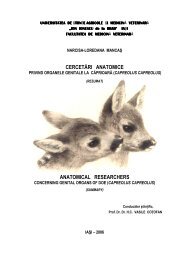
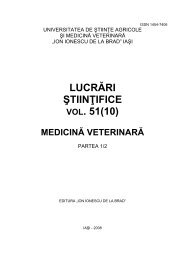
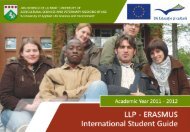
![rezumat teză [RO]](https://img.yumpu.com/19764796/1/190x245/rezumat-teza-ro.jpg?quality=85)
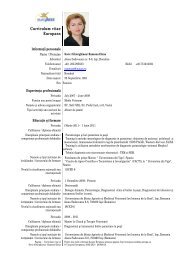



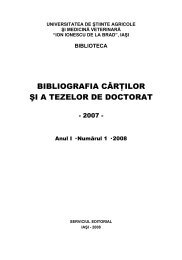
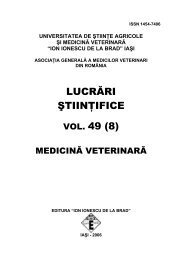
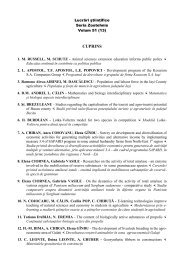
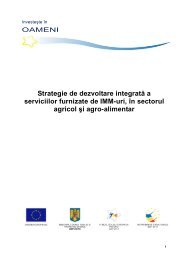
![rezumat teză [RO] - Ion Ionescu de la Brad](https://img.yumpu.com/14613555/1/184x260/rezumat-teza-ro-ion-ionescu-de-la-brad.jpg?quality=85)
